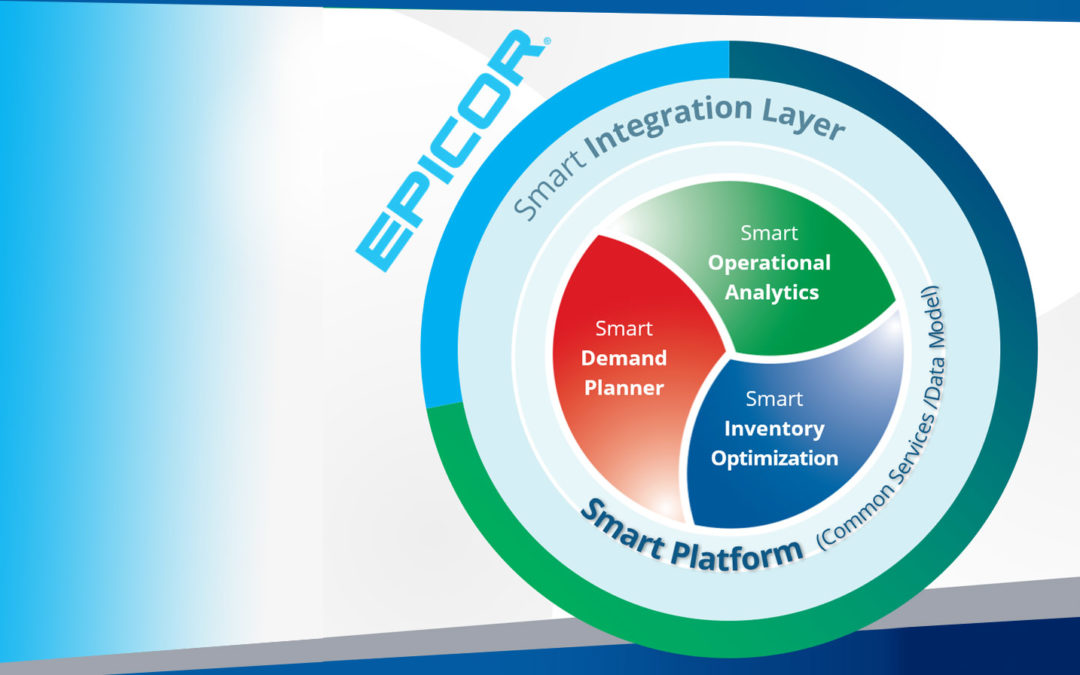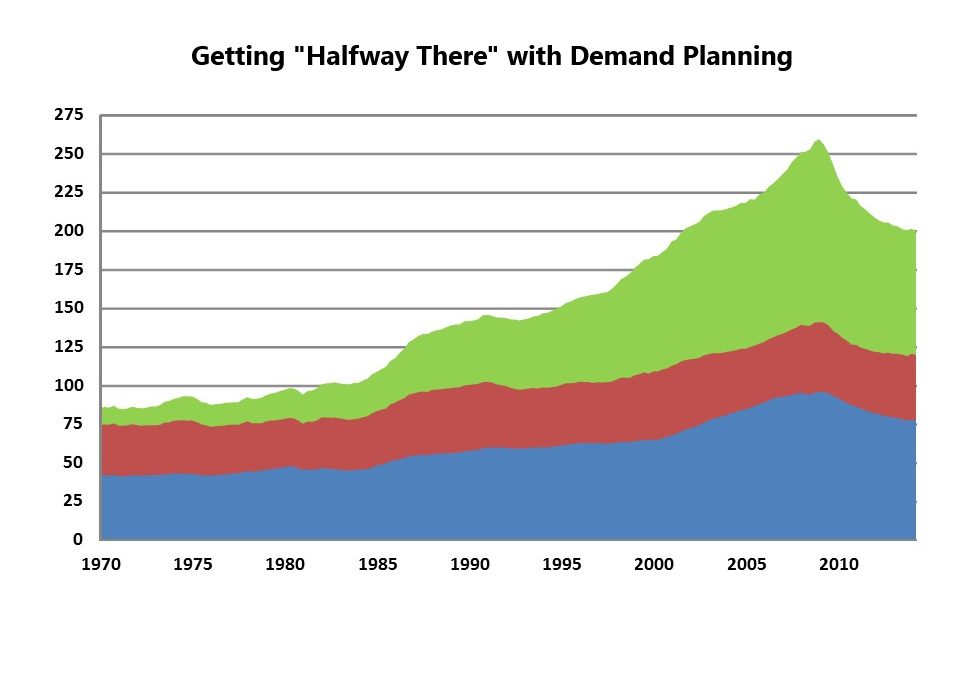
Clean, accessible and actionable data under one roof
Pulling all the data together on the cloud lets you automatically refresh the data every day and always see the full picture. Then you can run analytics to calculate multiple cost and performance metrics and how those metrics would change if you changed key drivers, such as supplier lead times.

The Force Need Not Be With You
If there is ‘no try, only do or not do’, then the history of inventory management has seen a lot of not do. So what special powers are needed to turn an ordinary inventory professional into an Inventory Optimizer?”

Service Level vs Fill Rate
Service level and fill rate are two important metrics for measuring how effectively customer demand is satisfied. These terms are often confused and understanding the differences can help improve your inventory planning process. This video blog (Vlog) helps illustrate the difference with a simple example using Excel

Excess Inventory Hurts Customer Service!
Many companies adopt a “customer first, better to have the inventory and not need it” approach to inventory planning. While well intentioned, this approach often ignores the role that diminishing returns and opportunity costs play in inventory management impacting the organizations ability to quickly respond to demand.

Smart Software and Epicor Enhance Supply Chain Planning
Smart Software, a global provider of next generation 100% web-based demand planning, forecasting and inventory optimization solutions, announces today their enhanced partnership with Epicor Software Corporation. This collaboration for the first time brings the cloud-based Smart IP&O (Inventory Planning and Optimization) into the latest version of the Epicor enterprise resource planning (ERP) solution.

MAX-MIN OR ROP – ROQ
This guest blog details the differences between Min-Max and Reorder Point- Order Quantity replenishment logic and why it is important. It is authored by Phillip Slater, Founder of SparePartsKNowHow.com the leading educational resource for spare parts management. Mr. Slater is a global leader and consultant on materials management and specifically, engineering spare parts inventory management and optimization.

How to Choose a Target Service Level
When setting a target service level, make sure to take into account factors like current service levels, replenishment lead times, cost constraints, the pain inflicted by shortages on you and your customers, and your competitive position.

When implementing inventory optimization, don’t swing for the fences when a single will do!
When the pressure is on to cut inventory and improve performance, you might want to move fast much like a hitter who wants to hit a home run. And in some cases, swinging for the fences might be the recommended approach. More often than not, a progressive approach to inventory optimization is more effective

Forecasting and the Rising Tide of Big Data
“Trillions of records of millions of people…Finding the useful and right information, understanding its quality and producing reliable analyzed data in a timely and cost-effective manner are all critical issues.”

Getting “Halfway There” with Demand Planning
Demand planning takes time and effort. It’s worth the effort to the extent that it actually helps you make what you need when you need it. But the job can be done well or poorly. We see many manufacturers who stop at the first level when they could easily go to the second level. And with a little more effort, they could go all the way to the third level, utilizing probabilistic modeling to convert demand planning results into an inventory optimization process.

Beware of Simple Rules of Thumb for Managing Inventory
Managing inventory requires executives to balance competing goals: high product availability versus low investment in inventory. Executives strike this balance by stating availability targets and budget constraints. Then supply chain professionals translate these “commander’s intentions” into detailed specifications about reorder points and order quantities.

Reveal Your Real Inventory Planning and Forecasting Policy by Answering These 10 Questions
In this blog, we review 10 specific questions you can ask to uncover what’s really happening with the inventory planning and demand forecasting policy at your company. We detail the typical answers provided when a forecasting/inventory planning policy doesn’t really exist, explain how to interpret these answers, and offer some clear advice on what to do about it.

Worst Practices in Forecasting
Companies launch initiatives to upgrade or improve their sales & operations planning and demand planning processes all the time. Many of these initiatives fail to deliver the results they should. Has your forecasting function fallen short of expectations? Do you struggle with “best practices” that seem incapable of producing accurate results?

The Trouble With Turns
In our travels around the industrial scene, we notice that many companies pay more attention to inventory Turns than they should. We would like to deflect some of this attention to more consequential performance metrics.

The Scourge of Skewness
Demand planners have to cope with multiple problems to get their job done. One is the Irritation of Intermittency. The “now you see it, now you don’t” character of intermittent demand, with its heavy mix of zero values, forces the use of advanced statistical methods, such as Smart Software’s patented Markov Bootstrap algorithm. But even within the dark realm of intermittent demand, there are degrees of difficulty: planners must further cope with the potentially costly Scourge of Skewness.









